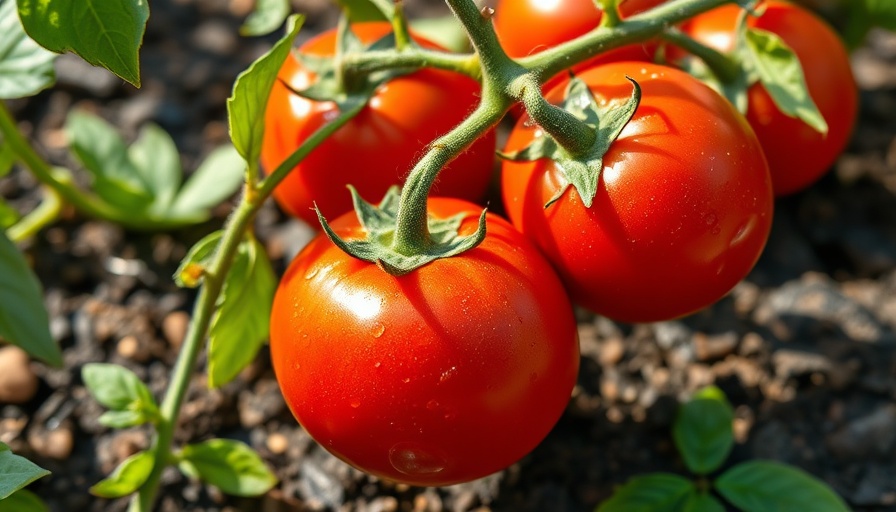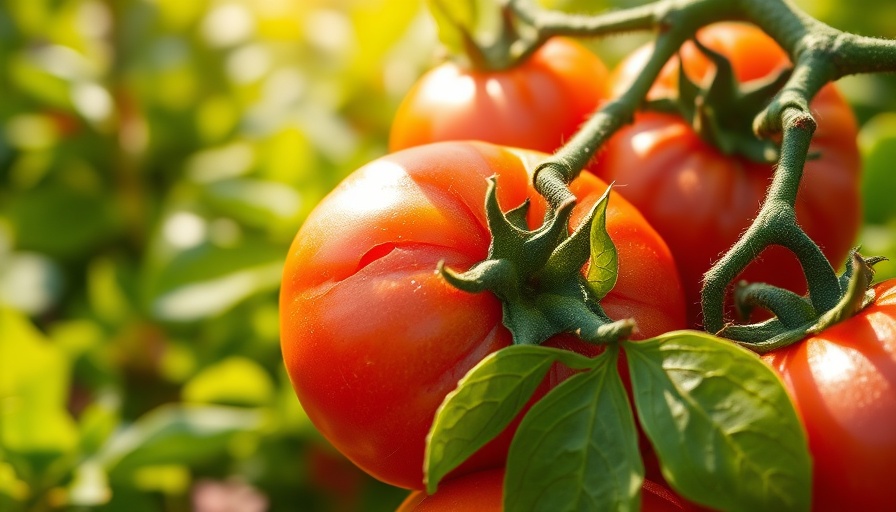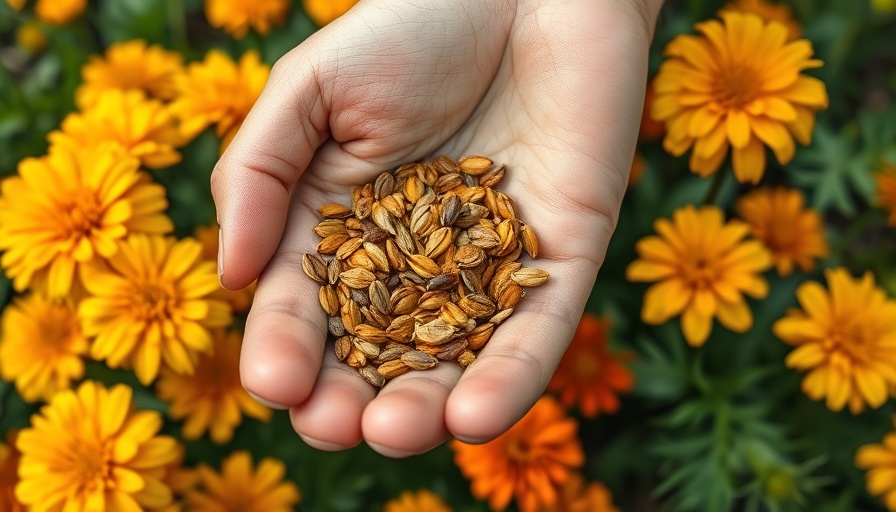
Transforming Your Backyard: A Trendy Approach to Outdoor Living
In today's fast-paced world, finding a sanctuary to unwind at home has become paramount. One such oasis is showcased in the inspiring video titled This Backyard Design ROCKS! *No Grass Needed. Recognized for its zen aesthetic, this transformative approach to backyard design enables homeowners to create a rejuvenating outdoor space without the need for traditional grass. With modern touches and a wide variety of materials, this design stands as a perfect blueprint for anyone looking to reinvent their outdoor areas.
In This Backyard Design ROCKS! *No Grass Needed, the discussion dives into innovative backyard design, exploring key insights that sparked deeper analysis on our end.
Why You Should Consider a Backyard Makeover
A backyard makeover can breathe new life into an underused space. As shared by landscape designer Bobby K, starting with a well-thought-out design lays the foundation for a successful transformation. Homeowners increasingly seek outdoor spaces that reflect their personal style while also serving practical needs. Whether you're aiming for a tranquil retreat or a vibrant entertainment hub, there are numerous benefits to updating your backyard:
Enhanced Aesthetics: A thoughtfully designed space not only pleases the eye but also adds value to your home.
Increased Usable Space: Beyond just grass, introducing different levels and materials can make your backyard a functional oasis.
Low Maintenance Options: Selecting the right materials can significantly lessen the upkeep required, making it easy to enjoy rather than dread yard work.
Choosing the Right Materials for Your Backyard
One of the standout features of the discussed backyard design is the use of pavers, specifically the Essence series from County, which gives the area a contemporary flair. These four-inch wide pavers, complemented by a lighter colored border, create a cohesive look that's visually appealing. Here are some tips to consider when selecting materials for your backyard makeover:
Harmonize with Existing Structures: Choose materials that complement existing features, such as walkways or patios. For instance, the integration of concrete with stone creates a harmonious design.
Consider the Climate: Select materials that can withstand local weather conditions. Water-saving stones and pavers can be excellent for areas prone to drought.
Prioritize Functionality: Consider what activities will take place in your backyard. Whether it’s family gatherings or peaceful evenings, ensure the materials chosen support those experiences.
Creating Privacy and Tranquility in Your Backyard
Privacy is often a key concern for homeowners. The design mentioned not only solved space issues but also created a serene environment with the use of privacy screens. Incorporating natural elements like European horn beams not only provides seclusion from neighbors but also enhances the zen ambiance. Here are some backyard privacy ideas to consider:
Slat Fencing: A slatted fence can offer a stylish way to block unwanted views while still maintaining an open feel.
Vertical Gardens: Introduce greenery up the walls to enhance privacy and bring nature closer to your living spaces.
Strategic Planting: Utilize taller plants or shrubs as natural screens to provide a lush, tranquil backdrop.
Integrating Functional Features Like Outdoor Kitchens and Fire Pits
An exciting element of contemporary backyard designs is the inclusion of functional features, such as outdoor kitchens and fire pits. These additions can transform your outdoor space into a gathering point for family and friends. As seen in the video, the careful planning behind these features ensures that they meet aesthetic and practical needs:
Outdoor Cooking Stations: Outdoor kitchens allow you to enjoy cooking while surrounded by nature, enhancing your culinary experiences.
Cozy Fire Pits: A well-placed fire pit invites warmth and togetherness, making evenings outdoors enjoyable year-round.
Multizone Designs: Create areas with distinct purposes, such as dining, lounging, and play, all within the same backyard.
Final Thoughts on Your Backyard Transformation
As Bobby K emphasizes in the video, the key to a successful backyard makeover lies in a purposeful design that blends functionality with aesthetic appeal. By embracing ideas like privacy screening, paver patios, and multifunctional features, every homeowner can elevate their outdoor space to new heights. Ready to create your perfect retreat? Explore ideas that focus on outdoor kitchen designs, landscape lighting, and eco-friendly yard care as you embark on this exciting journey. Let's create a backyard that not only rocks but feels like home.
For more in-depth guidance or assistance with your backyard design, consider reaching out to professionals who specialize in creating tranquil outdoor spaces.
 Add Row
Add Row  Add
Add 




Write A Comment